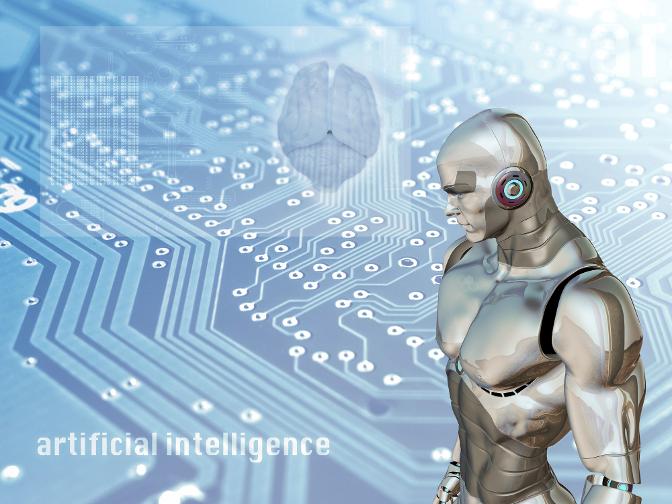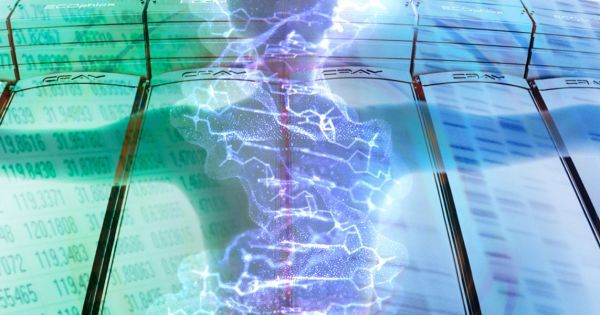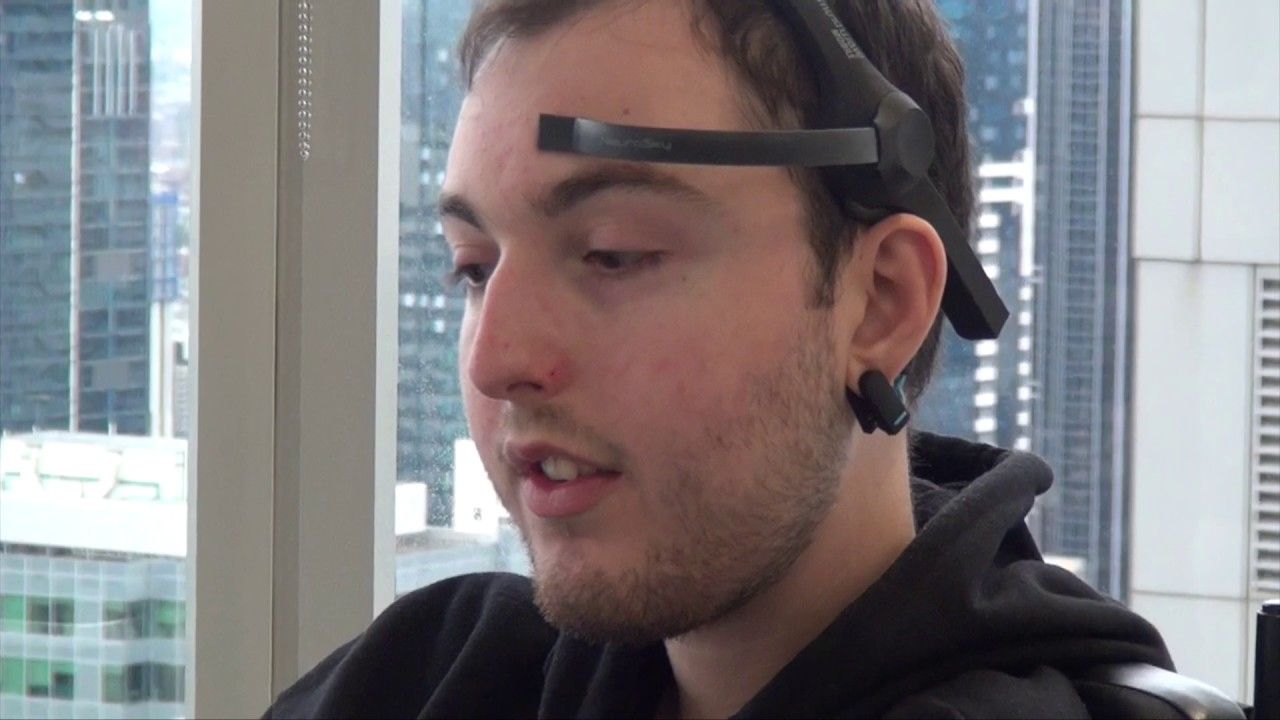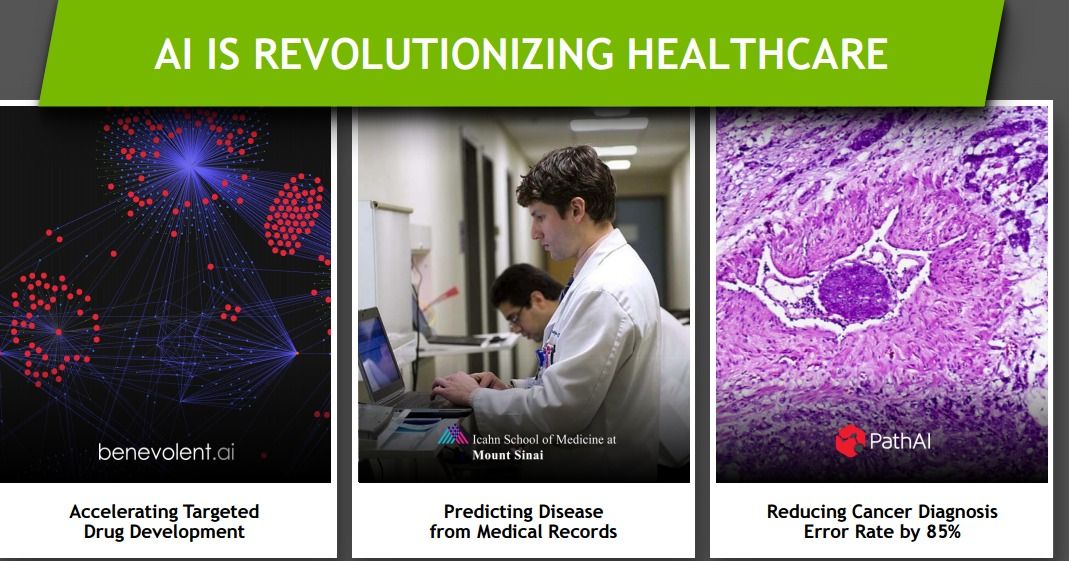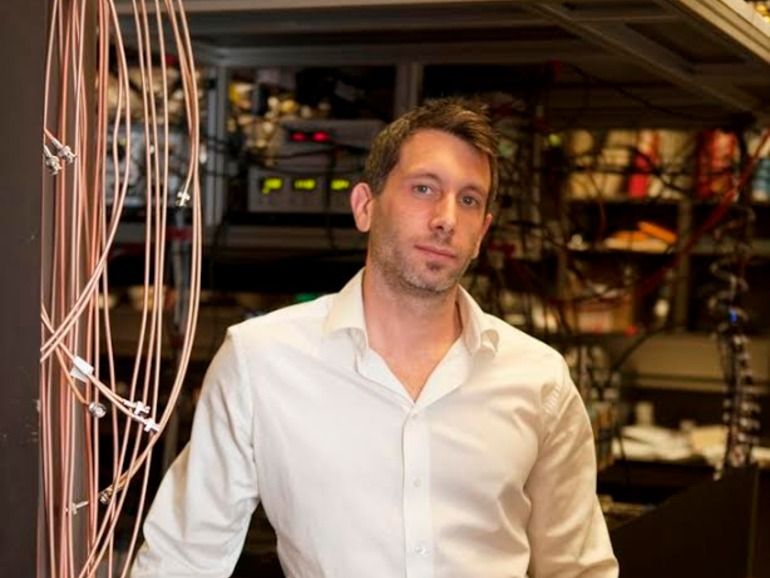The proposal primarily budgets for the fact that emerging technologies such as artificial intelligence (AI) and machine learning may mature to surpass human intelligence in the future. Robots’ ability to learn from experience and take independent decisions has made them suitable for human-like interaction with its environment. In future, if a robot commits a mistake or omits a task, authorities should be able to trace back to the manufacturer or owner to check if the robot could have avoided the harmful behaviour. Through this legislation, manufacturers and owners could be held accountable for the machine’s action.
Logic of legislation
While a framework to regulate robotics is essential, the need for one is ‘imminent’ and not ‘immediate’, believes Patrick Schwarzkopf, the head of one of the Germany’s largest industry associations. He said that legislation like this would be needed “in 50 years, but not in 10 years”. A legislative framework around self-driving cars is probably a more immediate need.
